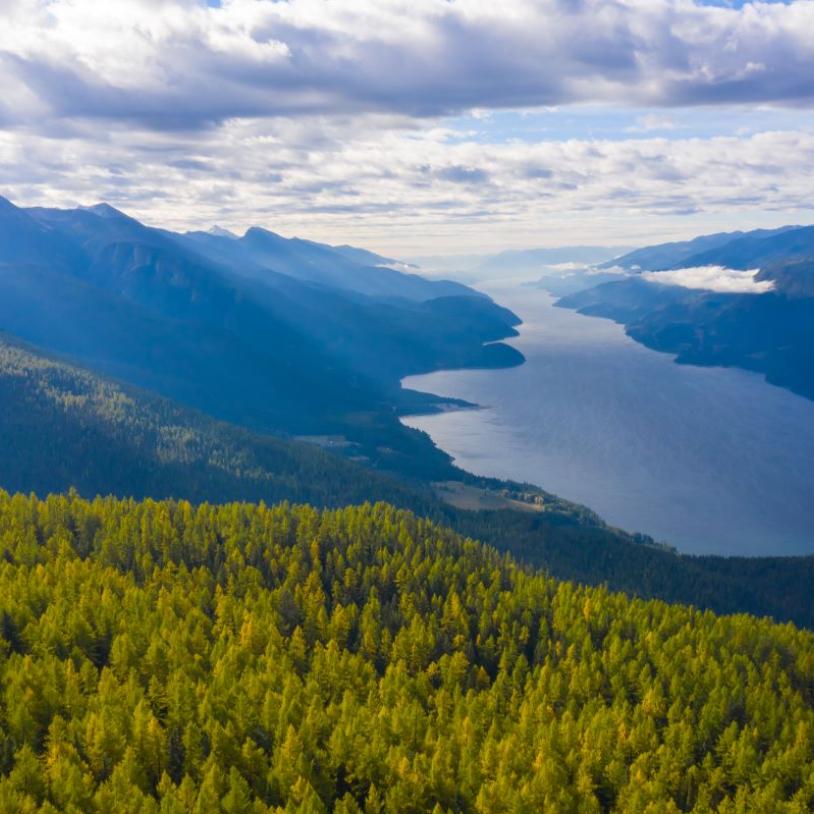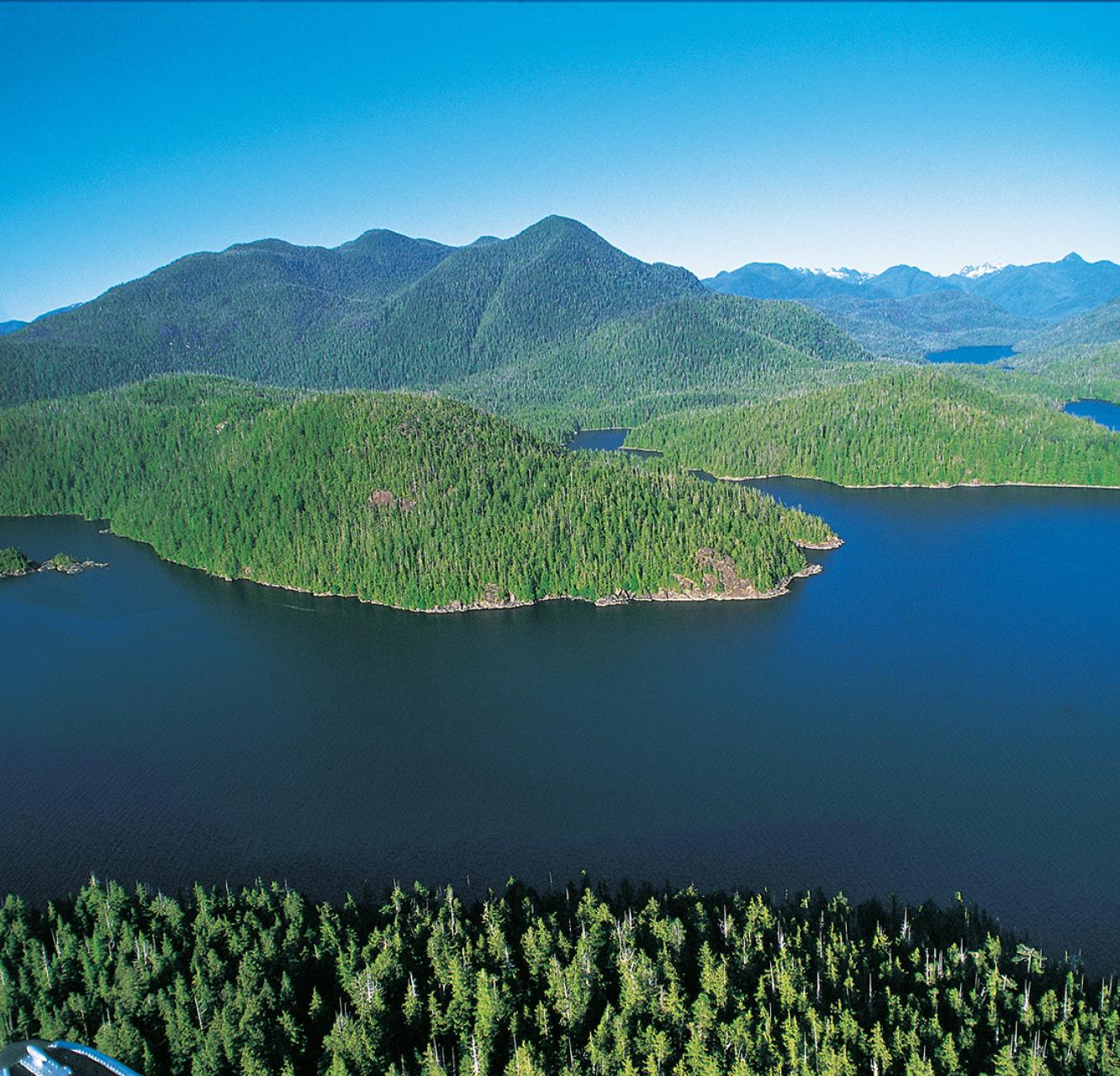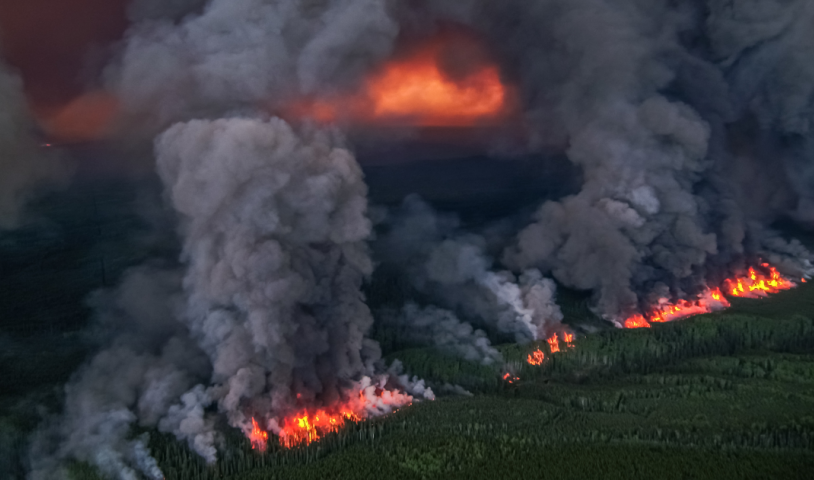Bear Beach exploration
Monday, October 17, 2011It was a surprisingly nice day when we left the University of Victoria, considering it was mid-October on the west coast. The UVic Wilderness Committee club was off to spend a day at Bear Beach, and to check out some of the land that was being slated for development by Marine Trail Holdings. Bear beach is located just north of Jordan River and is in the middle of the Juan de Fuca Park, one of the most popular parks on Vancouver Island.
The development proposal, put forward by Marine Trail Holdings was to build hundreds of cabins, a recreation building, lodges and a helipad among other developments – over a period of 20 years right next to the Juan de Fuca trail.
As we drove up the thing that stuck out the most was the rural nature of the area. No other buildings were within 10 kilometres and who knows how far away the fire department was.
James Coccola | Outreach Coordinator
Wilderness Committee





